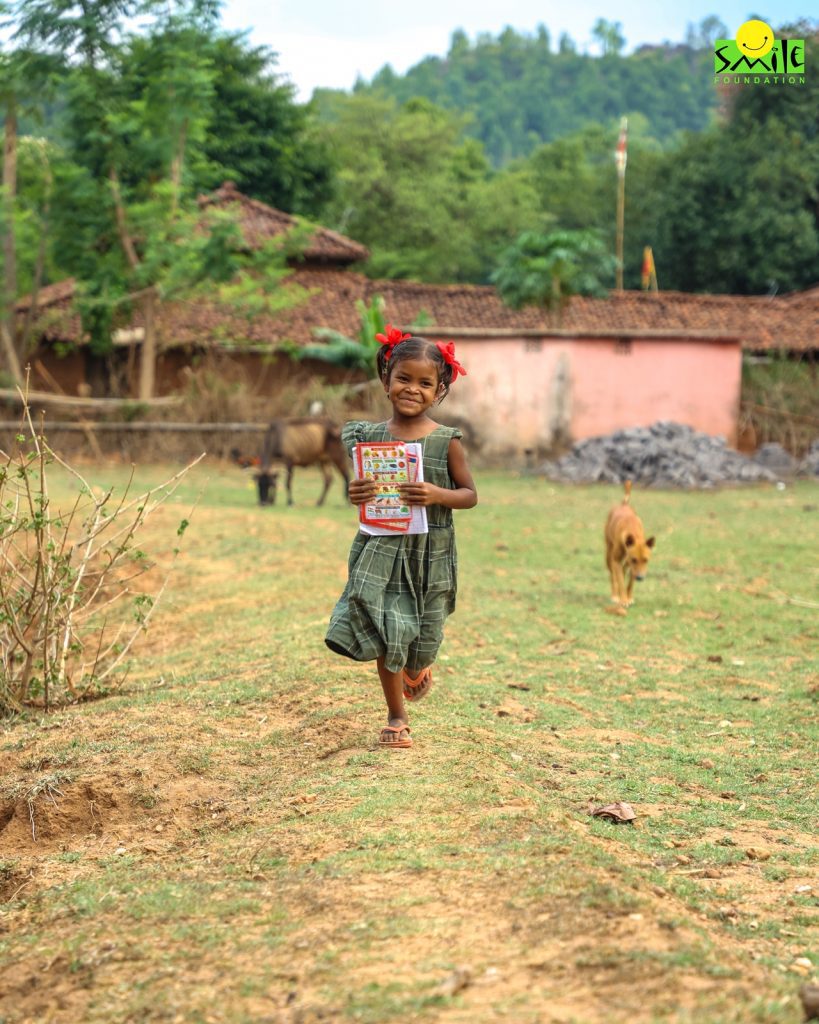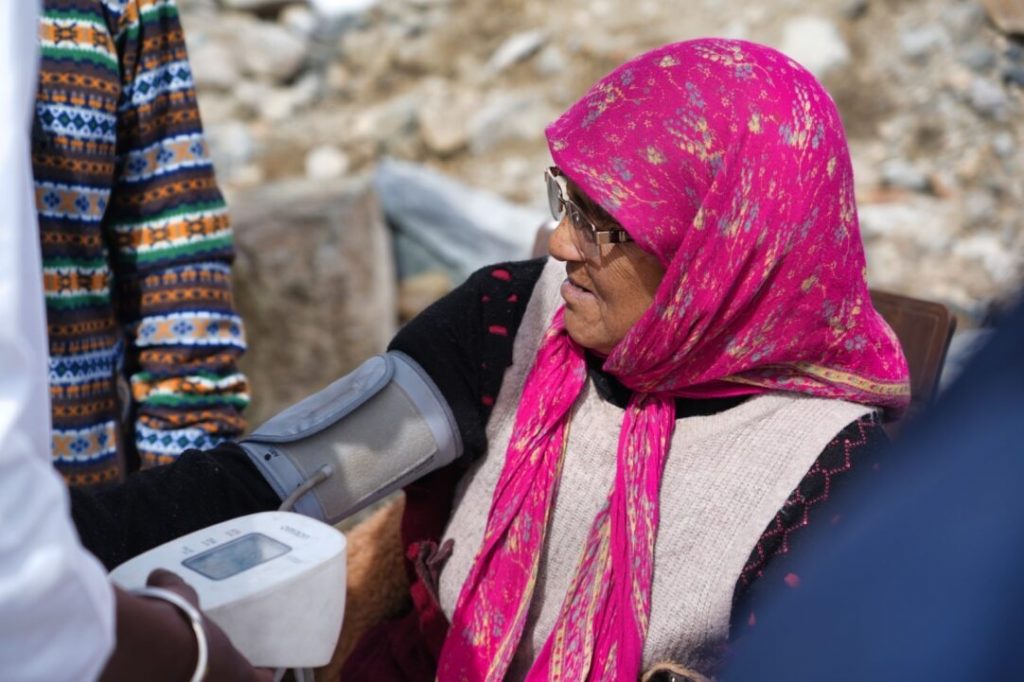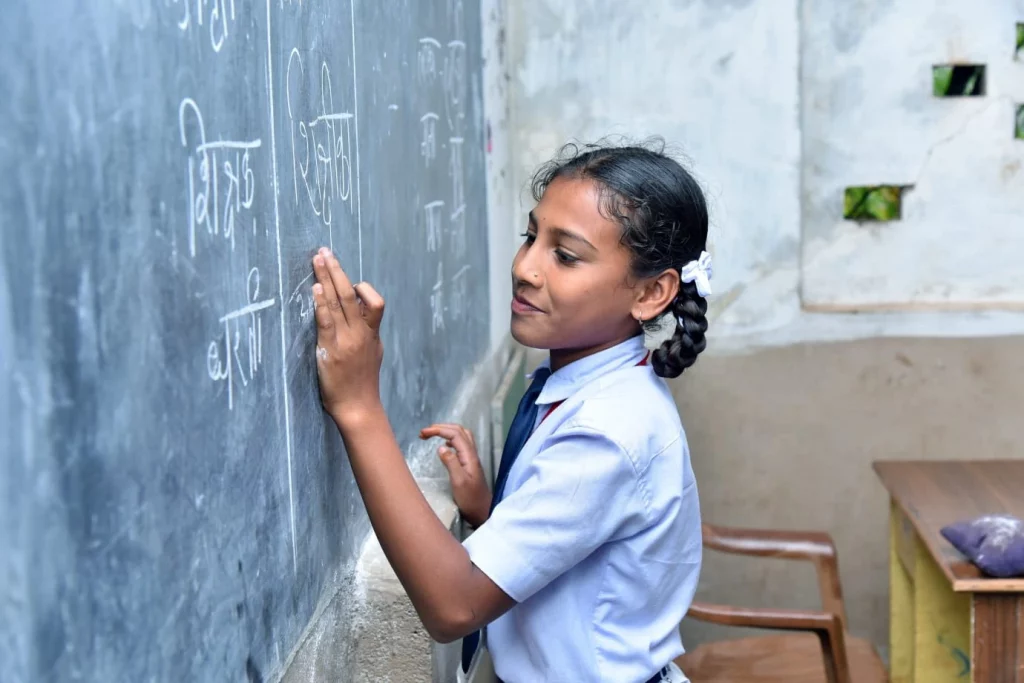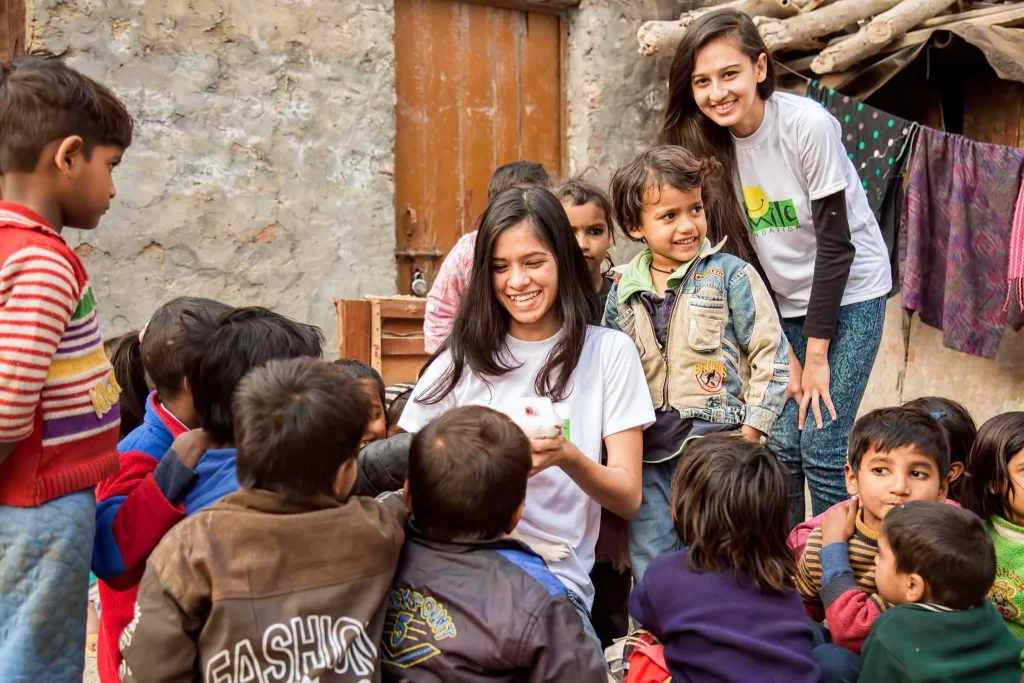Indian classrooms have already started looking different, not resembling anything we knew once! Imagine a classroom where virtual reality makes subjects come to life, teachers can use technology to assist students in customizing lessons to each student’s needs, and digital whiteboards replace blackboards. This is the educational future, and it is now taking over the world.
In the past decade, India’s classrooms have seen substantial transformation. How students engage with educational content has also undergone a complete rehaul with the introduction of blended learning, technology, and online learning—all of which have given birth to experiential learning.
With this, India’s education system has dramatically changed at almost every level, constantly being impacted by evolving technology and teaching methods, and online and hybrid classrooms have become the new norm. The New Education Policy 2020 has further made specific policy contributions to India’s classroom teaching to guarantee that online education is a component of the nation’s overall educational endeavours.
India’s classrooms have evolved to equip students and youth with the skills and information they need to adjust to a constantly changing reality. Following the pandemic and the NEP, today’s educators use more social media, learning management systems, and ICT applications to be at par with creativity, innovation, and engagement. Students have become the main focus of classrooms. Instead of rote learning, students and teachers come together in these classrooms to participate actively and master subject areas, with the shifting focus on perceiving students as active learners rather than passive recipients of information.
Changing classrooms, changing technology
Classrooms are no longer just about teachers, whiteboards, chalk, and students flipping through black-white textbooks. In India, the adoption of technology is revolutionizing the way students learn. With the pandemic, technology has found new wings, going beyond anything we could have imagined in our classrooms. There has been a visible improvement in educational standards, inventions, and advancements following the use of projectors, virtual whiteboards, and other audio/visual tools. With this, schools and other educational institutions have embraced contemporary teaching techniques quickly, all of which, components of a smart classroom, allow teachers to teach more effectively while making learning enjoyable and engaging for the kids.
Supporting this reality, a 2022 report estimated that between 2021 and 2022, enrollment for online education grew 170%, while open and distance learning rose by 41.7%. During the same period, 20.3 lakh students from India opted for online and distance learning, up from 14.6 lakh in the previous years.
This data shows that a significant portion of India’s youth population is tech-savvy and highly receptive to online education and technology-driven learning processes that help them enhance their skills and knowledge. The Indian government has also been aggressively supporting online education and digital literacy programs, which has contributed to the market’s expansion.
Psychologists claim that visual learning with innovative technology—such as pictures, graphs, flow charts, films, etc.— has been quite successful in speeding up students’ understanding of the material. Additionally, smart classrooms help kids focus better and remember more material by lowering distractions, as different students have different levels of adaptability. Not everyone finds it easy to grasp new ideas in a traditional classroom setting. Digital classroom learning exposes students to new ideas and methods more quickly and easily. Numerous studies have shown that it improves kids’ academic performance.
Moving away from traditional in-person learning
The pandemic saw the most significant shift in the way classes are conducted. The distant and hybrid learning models have facilitated flexibility and accessibility, while the in-person learning model best encourages human connection. They provide a degree of flexibility that is impossible for entirely in-person programs. With completely remote applications, students are not restricted by geographic boundaries to access education.
Regarding accessibility, safety, and health, these learning models provide a way for students who cannot attend classes entirely in person due to physical, mental, or financial constraints to complete their degree. Further, they facilitate learning for students from disadvantaged communities who cannot attend physical classes due to the cost of tuition, program fees, and living expenses, as well as the financial strain of frequently travelling to and from schools. For these students, remote and hybrid learning methods/classrooms offer a convenient and secure way to fulfil their academic and career objectives.
The changing classrooms in India are also pushing for methods to rethink examinations. With the advent of technology and AI, educators are adapting ways to evaluate students more meaningfully than traditional tests, which frequently prioritise memorisation over comprehension. With the help of technology, educators are developing adaptive examinations that focus more on change in students’ performance, giving a more accurate assessment of their aptitudes. Ongoing evaluation through projects, presentations, and other activities is becoming more widespread, providing a more comprehensive view of a student’s development. This could aid in the transition away from the one-size-fits-all, high-stakes exam system currently controlling Indian education.
Ensuring that education is for all
Over the years, Smile Foundation has consistently worked to make digital education accessible to all, particularly children from underserved backgrounds. Even during the pandemic, the foundation continued to educate students and parents who were cut off from classrooms through its Shiksha Na Ruke program. Additionally, with our Mission Education initiative, Smile has focused on children’s education and building an education system through changing classrooms that encourages holistic development.










